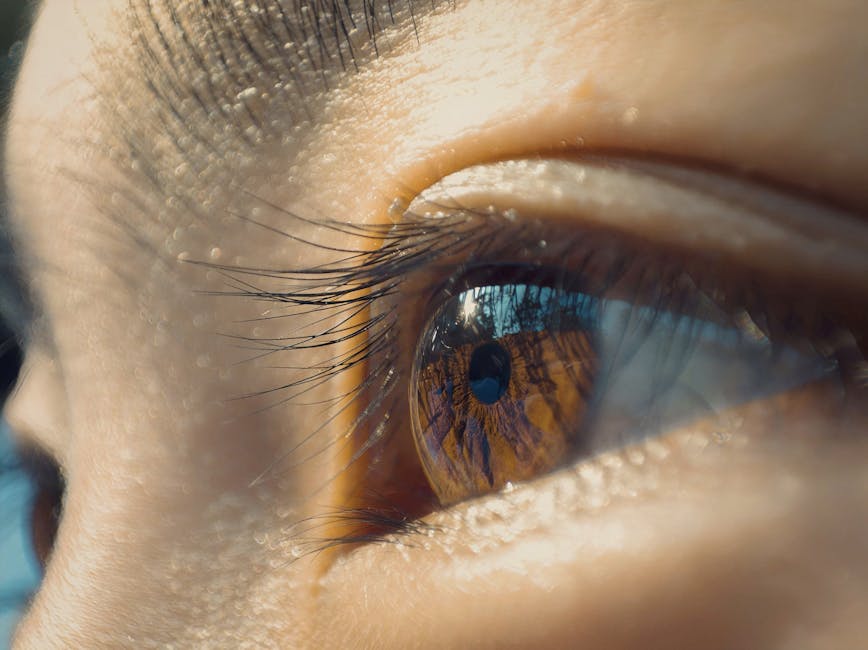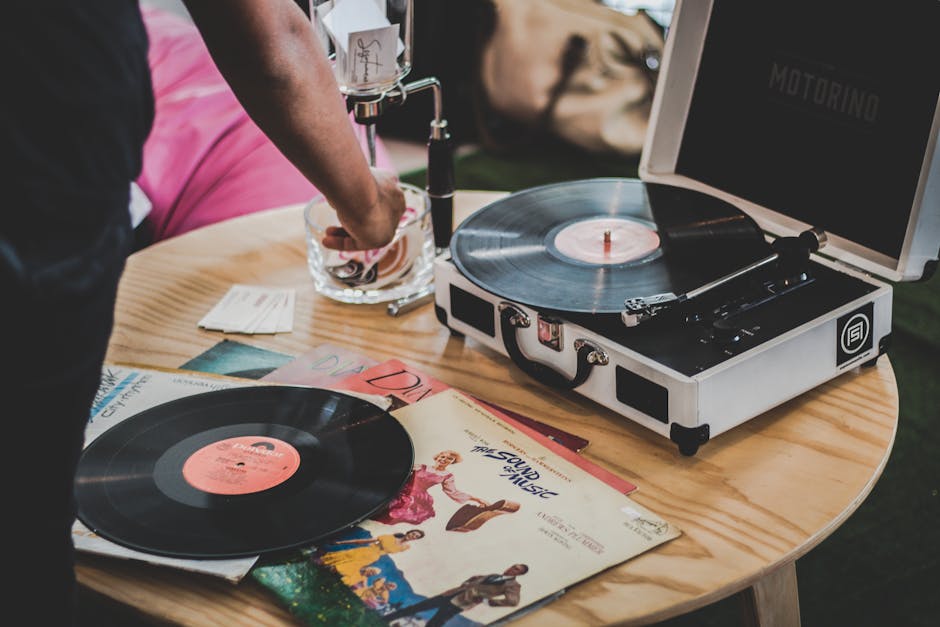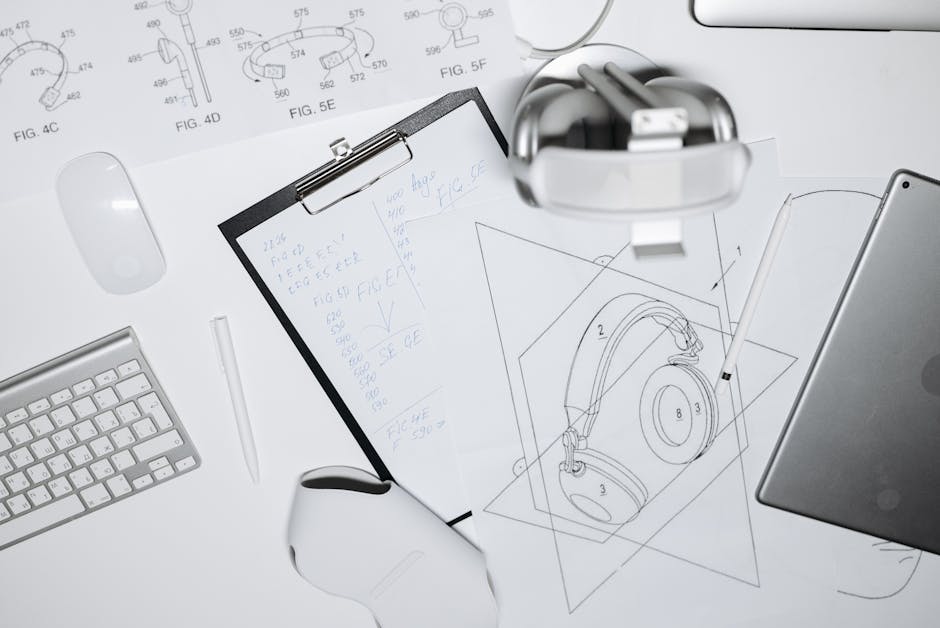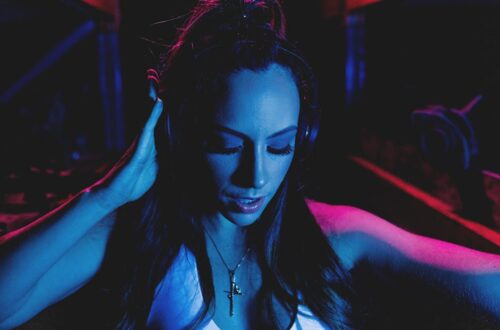Sound and score highlights are at the heart of every unforgettable TV and film experience. From the swelling orchestras that accompany heroic moments to the subtle soundscapes that set the tone for suspense, music and sound design shape the emotional flow of a story. At Scene Flow – Scenlo, we dive deep into the artistry behind these sonic elements, exploring how they guide viewers through narrative transitions, evoke nostalgia, and transform storytelling into a truly immersive experience.
The Power of Music in Storytelling

Photo by Inga Seliverstova on Pexels
Music is more than just background noise in film and television; it is a narrative force that can elevate a simple scene into a powerful moment. Directors and composers collaborate to create scores that reflect a character’s journey, foreshadow plot twists, and amplify emotional beats. The right musical cue can signal hope, danger, or heartbreak before a single word is spoken. Consider the unforgettable tension in the shower scene from Hitchcock’s “Psycho,” where Bernard Herrmann’s screeching strings became synonymous with terror. Or the triumphant theme in “Rocky,” which has inspired generations to push through adversity. These iconic examples showcase how sound and score highlights are integral to the storytelling flow, guiding audiences through each narrative beat and heightening their emotional investment.
Techniques for Seamless Scene Flow Through Sound

Photo by Jan van der Wolf on Pexels
Achieving seamless scene flow is both an art and a science. Filmmakers use a variety of sound techniques to transition smoothly between scenes and maintain narrative rhythm. Establishing shots paired with ambient sound set the stage, while match cuts and audio cues bridge disparate moments. For example, a song might start playing in one scene and carry over into the next, creating a sense of continuity. Sound designers also employ diegetic and non-diegetic sounds—those that exist within the world of the story and those that don’t—to blur the lines between reality and imagination. These techniques ensure that the viewer’s journey feels cohesive, even as the story shifts across time, space, or perspective. The result is a storytelling flow that feels both natural and compelling, thanks in large part to the strategic use of sound and score highlights.
Iconic Soundtracks That Defined Generations
![]()
Photo by Jonathan Cooper on Pexels
Some soundtracks do more than support a story—they become cultural touchstones. The synth-heavy score of “Stranger Things” evokes 1980s nostalgia, instantly transporting viewers to another era. John Williams’ work on “Star Wars” and “Indiana Jones” has become inseparable from the identity of those franchises, with motifs that signal adventure, danger, or triumph. In television, the haunting theme from “Twin Peaks” set a new standard for atmospheric storytelling, while “Game of Thrones” used recurring musical themes to foreshadow character arcs and major plot shifts. These sound and score highlights are not just memorable—they are essential to the way audiences remember and revisit these stories, proving that music can define the very soul of a show or film.
The Science Behind Emotional Resonance

Why do certain musical cues give us goosebumps or bring tears to our eyes? The answer lies in the science of sound and emotion. Research shows that music activates the brain’s reward centers, triggering the release of dopamine and other feel-good chemicals. Composers harness this power by manipulating tempo, key, and instrumentation to evoke specific feelings. A minor key might signal sadness or suspense, while a major key can create a sense of joy or relief. Sound designers also use spatial audio and dynamic range to immerse viewers, drawing them deeper into the story. The result is a multisensory experience where sound and score highlights are not just heard—they are felt, making every twist and turn of the narrative more impactful.
Sound Design: The Unsung Hero of Scene Flow

Photo by Andrey Matveev on Pexels
While musical scores often steal the spotlight, sound design is the unsung hero that brings scenes to life. The rustle of leaves, the distant rumble of thunder, or the subtle hum of a cityscape—all contribute to the immersive quality of a scene. Sound designers meticulously craft these auditory details to support the story’s mood, guide the viewer’s attention, and reinforce the narrative flow. In action sequences, precisely timed sound effects can heighten tension and synchronize with visual cues, creating a sense of urgency. In quieter moments, the absence of sound can be just as powerful, allowing silence to speak volumes. By blending music, effects, and ambient noise, sound designers ensure that every moment feels authentic and emotionally resonant.
Nostalgia and the Power of Musical Memory

Photo by Muffin Creatives on Pexels
Nostalgia is a powerful force in storytelling, and music is its most reliable trigger. A familiar melody can transport viewers back to their childhoods, reigniting memories of favorite shows and movies. Filmmakers often leverage this by incorporating classic songs or referencing iconic scores, creating an instant emotional connection. For example, the resurgence of vinyl records and retro soundtracks in recent years speaks to our collective longing for the past. Sound and score highlights tap into this sentiment, using musical memory to deepen audience engagement and make stories feel timeless. Whether it’s a beloved sitcom theme or a haunting motif from a cult classic, music has the power to make us feel like we’re part of the story, no matter how many years have passed.
The Collaborative Art of Scoring for TV and Film

Photo by Franco Monsalvo on Pexels
Creating sound and score highlights is a deeply collaborative process, involving directors, composers, editors, and sound designers. Each brings their unique perspective to the table, working together to align music and sound with the story’s vision. The process often begins with spotting sessions, where key moments are identified for musical emphasis. Composers then craft themes and motifs, while sound designers layer in effects and ambient noise. Editors play a crucial role, timing cuts and transitions to match the rhythm of the score. This teamwork ensures that every element works in harmony, resulting in a seamless storytelling flow that captivates audiences from the opening scene to the closing credits.
Future Trends: Innovation in Sound and Score Highlights

Photo by Pavel Danilyuk on Pexels
As technology evolves, so do the possibilities for sound and score highlights in TV and film. Advances in spatial audio, AI-driven composition, and interactive soundtracks are opening new frontiers in immersive storytelling. Virtual reality experiences rely on 360-degree soundscapes to fully engage viewers, while streaming platforms experiment with adaptive scores that change based on audience choices. These innovations promise to make sound an even more integral part of the storytelling flow, offering new ways to surprise, delight, and move audiences. As we look to the future, one thing remains clear: the artistry of sound and score highlights will continue to shape the way we experience stories, ensuring that every beat, note, and silence leaves a lasting impression.
Sources
- https://library.fiveable.me/screenwriting-i/unit-7/transitions-scene-flow/study-guide/X7pHV2t2fPOgzzcU
- https://www.ri.cmu.edu/pub_files/pub2/vedula_sundar_1999_1/vedula_sundar_1999_1.pdf
- https://www.mia.uni-saarland.de/Research/CV_SceneFlow.shtml
- https://www.youtube.com/watch?v=4vpqa2oYuMY
- https://nichperezcsc.com/scene-sequence-analysis





